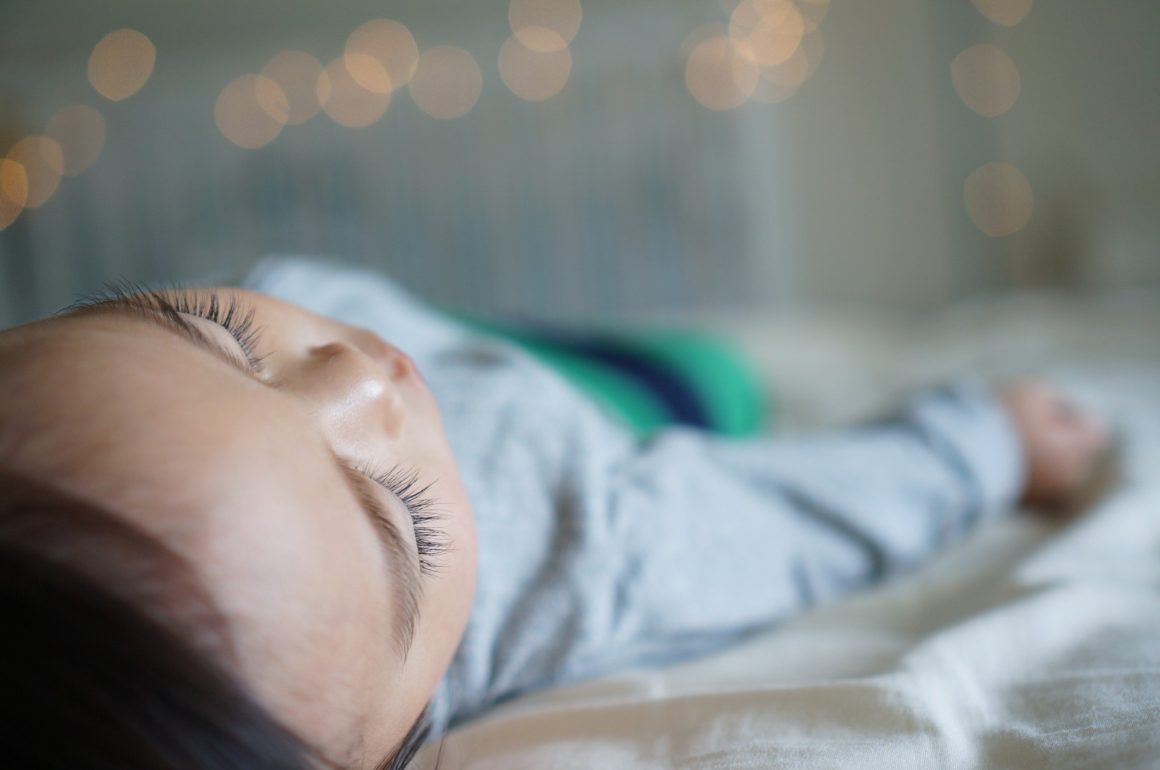The Minnesota Department of Health is marking Infant Safe Sleep Week in Minnesota by encouraging parents to know the ABCs of safe sleep and to be aware of the risks of COVID-19.
Unsafe sleep environments account for nearly all unexpected infant deaths. In 2018, of the 51 infants that died unexpectedly in Minnesota, 45 of those were sleep-related.
The COVID-19 pandemic also has the potential to put infants at risk. COVID-19 is a respiratory infection and SARS-CoV-2, the virus that causes COVID-19, is widely circulating throughout Minnesota. Researchers have found that many infants who died unexpectedly had a recent upper-respiratory infection or cold, which might contribute to breathing problems.
In addition, the COVID-19 pandemic is likely to cause stress and fatigue among many, making it crucial for anyone who takes care of babies, including parents, caregivers, child care providers, health care providers, and family members, to follow safe sleep practices every time an infant sleeps or naps.
“With COVID-19 unfortunately being so widespread, it is one more potential stressor for babies and parents,” said State Epidemiologist and Medical Director Ruth Lynfield.
“We want to make sure that we tip the scales in favor of infants who might have any upper respiratory infections by making sure they have a safe-sleep environment.”
Key takeaway for parents and other caregivers is to know the ABCs of safe sleep:
- ALONE: Infants should always sleep or nap alone.
- BACK: Always put a baby on their back to sleep or nap.
- CRIB: Babies should always sleep or nap in their own safety-approved crib or play yard without blankets or pillows
Instead of using blankets to keep infants warm, parents are urged to dress babies in pajamas or other clothing appropriate for the temperature. As always, parents should talk with a doctor or nurse if they have questions or concerns.
Other risks include exposure to cigarette smoke and co-sleeping. It is important for babies to sleep separately from other sleeping children and adults to avoid the risk of suffocation. One positive alternative is co-rooming, where the baby sleeps in their own safety-approved crib, bassinet or play yard but is still nearby for breastfeeding and night-time diaper changes. A safe sleeping environment is just as important during naptime.





